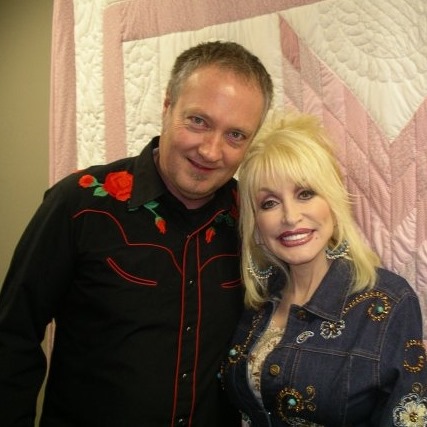Jim Carroll’s tragic song, People Who Died, commemorates the friends he lost to drugs during an early life catalogued in his teenage memoir The Basketball Diaries.
I discovered Jim Carroll through his 1978 book The Basketball Diaries, an autobiographical memoir of sex and drugs and rock and roll – and basketball – based on journals that the author had begun writing when he was only 13.
It had a big impact on me at the time: I was in my teens and starting a writing career myself. It was a more relatable version of Kerouac and Burroughs, a new name to sit alongside my growing list of literary idols like Capote and Wolfe and Hunter S. Thompson.
The diaries detailed his descent from scholarship kid and basketball prodigy into the depths of Downtown subculture in his early teens, working as a rent boy and carrying out robberies to feed his heroin habit.
Two years later, after kicking drugs and moving to California, Carroll turned his hand to music and formed a band. They sounded pretty much like I would have expected: a blend of punk and hard rock, NYC and LA with gritty lyrics.
The first song I heard – People Who Died – seemed like an extension of the book: a stark and brutal catalogue of friends who had died, mostly under the influence of hard drugs. They were all real people he had known.
I was shocked. It seemed barely comprehensible to me, in my safe European home, that this young guy barely a decade older than me, in whom I already had an emotional investment through his writing, could possibly have known all these people who had died – some of them as young as 11 and 12 – in so many dreadful ways.
The album that followed was a bit take-it-or-leave-it apart from a decent enough attempt at Sweet Jane. But it had a great title, Catholic Boy (Jim had been educated by the dreaded Catholic Brothers before winning a scholarship to a private school) and this song stayed with me, if only through its shock value.
I kept an eye on Carroll’s life and career after that: I knew that before he left NYC he had shared an apartment with Robert Mapplethorpe and Patti Smith, who was my musical hero (heroine?) at the time, and that she had encouraged him to follow her path from poetry to rock music.
I knew too that he had published his first poetry collection while still at school, though I haven’t read any, and that he worked for Andy Warhol for a while.
There wasn’t much to read or hear about Jim after that though he made two more unremarkable albums in the early Eighties, collaborated with Lou Reed and Pearl Jam, and wrote a second memoir, Forced Entries: The Downtown Diaries 1971-73, which was published in 1987 and continued his autobiography into early adulthood in the New York music and art scene.
In 2009 he became one of the people who died, succumbing to a heart attack and hepatitis C at the age of 60, which is what happens to old junkies who once used to share needles.
It happened to my best friend Steve England and, like Jim, he had been clean for more than 30 years.
